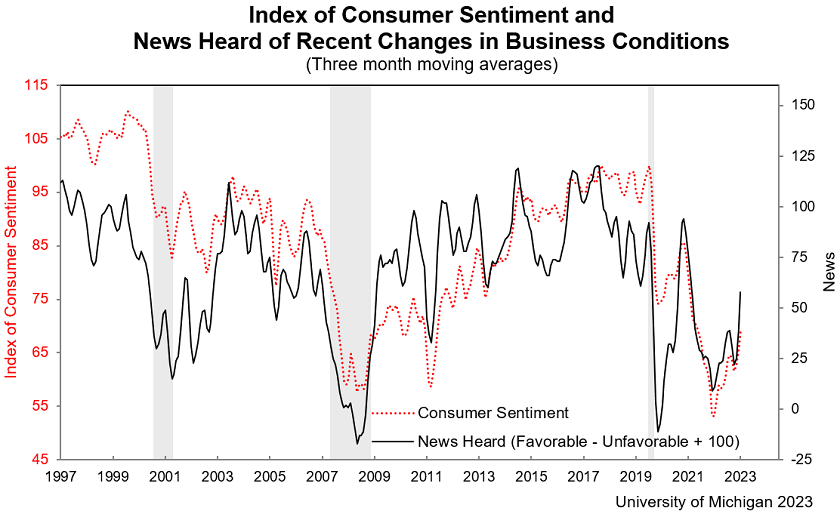The Value Creators Podcast Episode #18. Anthony Iannarino on The Negativity Fast
We all suffer from negativity. That’s a business risk for entrepreneurs, since we are in the business of running lots of experiments, some of which will work and some of which won’t. If we process the learning negatively (“I should never have tried that” versus “One more useful piece of knowledge”) we open ourselves up to unproductive disappointment instead of the energizing excitement of discovery.
Anthony Iannariono knows the problem, and knows the solution: take a negativity fast. Just like cutting bad food choices from your diet to improve your metabolic health, you can cut negative thinking to improve your emotional health. He discussed his book, titled The Negativity Fast, and shared his insights with The Value Creators podcast.
Show Notes:
0:00 | Intro
02:30 | Dangers of Negativity in Entrepreneurship and Evolutionary Biology
07:06 | Major Triggers: Stress and Optimism Bias
10:44 | Exploring Internal Dialogue in Anthony Iannarino’s ‘Negativity Fast’
14:09 | Cognitive Behavioral Therapy
16:28 | Empathy as a Key Exit from Negativity
19:35 | Detailed Insights on Empathy by Anthony Iannarino
23:44 | Idea of Radical Acceptance
27:04 | Value of Feedback and Solutions in Entrepreneurship
30:47 | Practice Gratitude in detail by Anthony
34:25 | Emotional and Metabolic Health: Keys to Overcoming Negativity
37:38 Positivity and Negativity: A Matter of Choice
39:26 | Does Positive and Optimistic Approach Link to Better Performance?
41:36| Wrap up: Practical Advice and Mind Hack by Anthony Lannarino
Resources:
The Negativity Fast: Proven Techniques To Increase Positivity, Reduce Fear And Boost Success.
Knowledge Capsule
Human beings are hard-wired for negativity.
- Our negative emotions are stronger than our positive ones.
- It’s a result of evolutionary biology: fear and the flight instinct have evolutionary value in keeping us alive.
- Everyone has negative feelings at some point – positivity is about balance, not elimination.
Stress and change are triggers.
- Entrepreneurs must embrace and pursue change – recognizing that change can be a major source of stress.
- Anthony christened entrepreneurial change ACDC: Accelerating, Constant Disruptive Change.
- If we allow it to stress us, we risk lower productivity and efficiency in all parts of our life.
We can talk ourselves into a negative state – and out of it.
- There’s a voice in your head that takes the negative point of view.
- It may not be your own – it’s a composite voice of the rules you’ve been told to follow and the expectations set for you by others.
- There’s the voice of the worrier, the critic, the victim, the perfectionist and others.
- CBT (cognitive behavioral therapy) guides us to talking ourself out of a negative state with positive affirmation.
The entrepreneur’s number one tool – empathy – is the best weapon against negativity.
- At The Value Creators, we always emphasize the power of empathy in identifying others’ needs we can meet with innovative value propositions.
- Other people often bring negativity into our lives; empathy helps us regulate our own emotions while compassionately dealing with theirs.
- You may believe others are pushing your buttons, but often you are pushing these buttons yourself.
Stop complaining.
- Complaining can cause us to adopt a negative mindset, even if we didn’t have one before.
- We adopt a victim mentality, which is a forfeiture of freedom and autonomy.
- Complaining can harm our relationships – and all value comes from relationships.
Focus on solutions, practice gratitude, and learn reframing.
- Positivity is a choice. If we focus on designing solutions rather than identifying problems, we choose positivity.
- Gratitude can help us be more positive. It focuses us on positives, and it can be practiced.
- Anthony recommends The Three Blessings: write down three successes or three good things from your day, including why they went well. Keep this up.
- Reframe all adverse events positively as your chance to improve and do better.
Eliminate the negativity of politics and social media from your environment.
- It doesn’t help us to mindlessly engage in politics or social media controversies.
- We sell our attention, and it has a high cost – fewer conversations and poorer relationships.
- Don’t get sucked in.
Anthony’s book provides a lot of specific techniques for practicing these principles, and a list of resources for learning more about them and about yourself.
